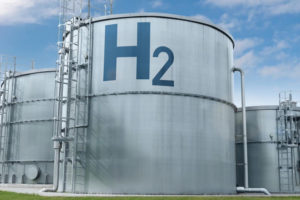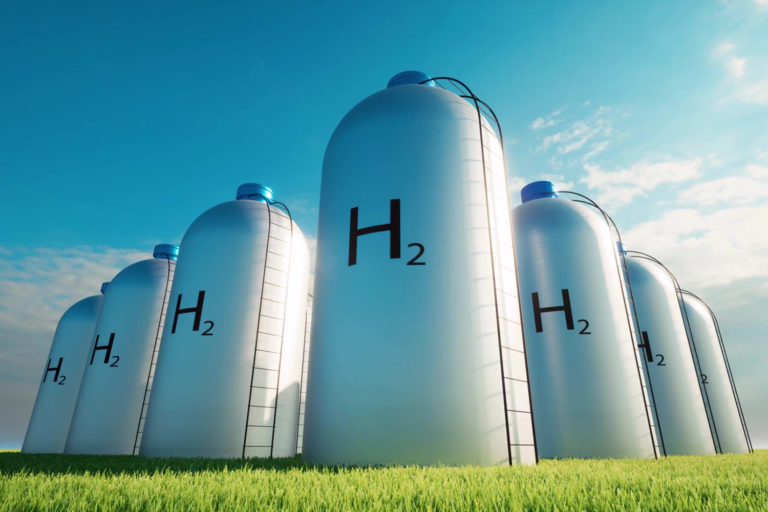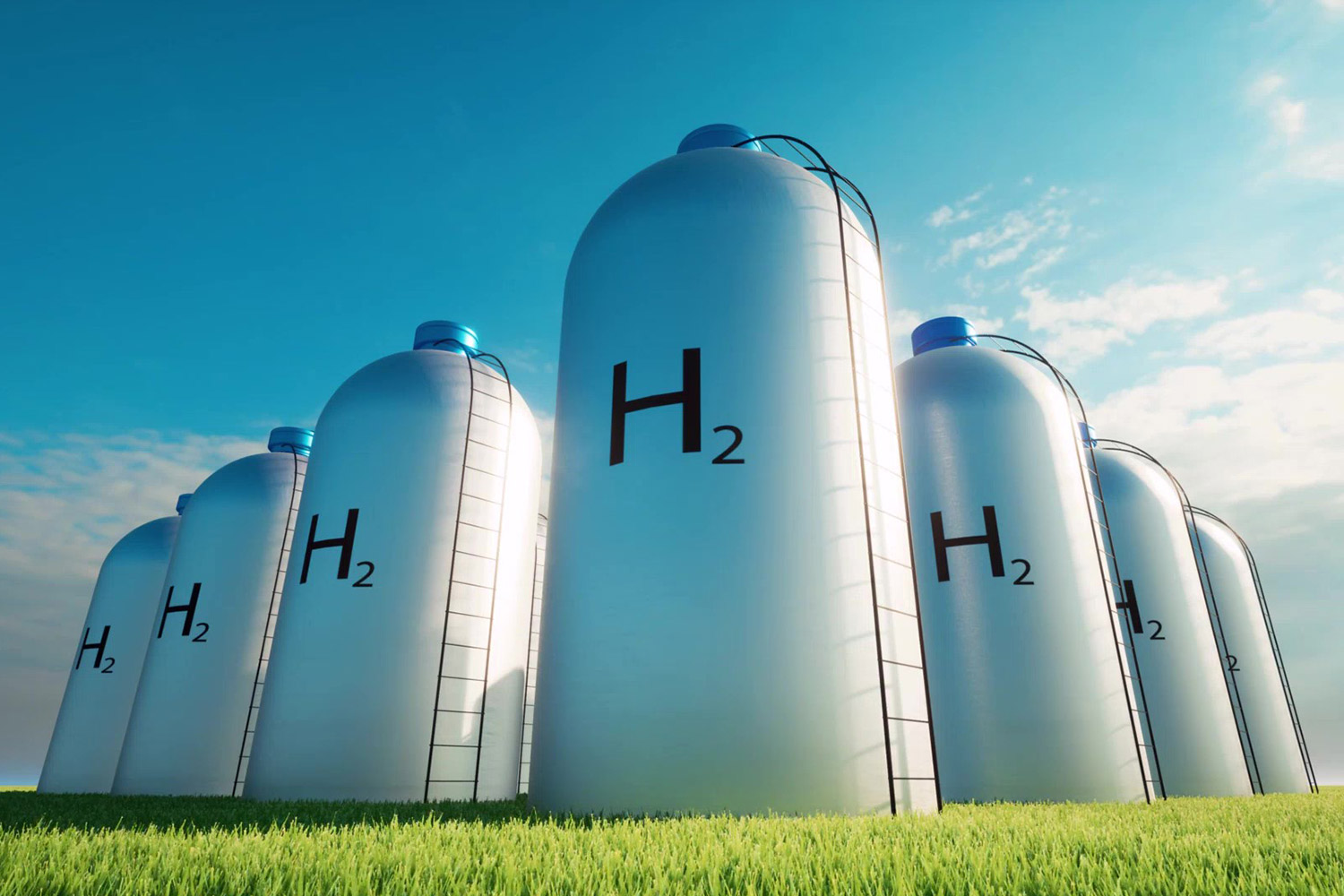Hydrogen has become a promising alternative as the globe looks for more sustainable energy sources. Hydrogen has the potential to completely transform a number of industries, including manufacturing, power generation, and transportation, because to its high energy content and zero-emission characteristics. However, the creation of effective and secure techniques for hydrogen’s liquefaction, storage, and transport is essential for its widespread use as an energy carrier. We’ll look at hydrogen handling and use solutions in this blog post so that liquid hydrogen can be used safely.
 Geodyn Services The process of hydrogen liquefaction requires cooling and compression since, at room temperature and pressure, hydrogen is a gas. When hydrogen is put through the liquefaction process, it is often heated to very low temperatures, typically below -253 degrees Celsius (-423 degrees Fahrenheit), where it turns into a liquid with a lot more energy density than it did in its gaseous condition. The Linde process, which includes a sequence of compression, cooling, and purifying processes, is the most widely used technique for liquefying hydrogen.
Geodyn Services The process of hydrogen liquefaction requires cooling and compression since, at room temperature and pressure, hydrogen is a gas. When hydrogen is put through the liquefaction process, it is often heated to very low temperatures, typically below -253 degrees Celsius (-423 degrees Fahrenheit), where it turns into a liquid with a lot more energy density than it did in its gaseous condition. The Linde process, which includes a sequence of compression, cooling, and purifying processes, is the most widely used technique for liquefying hydrogen.
Liquid hydrogen has a higher energy density than gaseous hydrogen, making it possible to store it more effectively, according to Geodyn Solutions. But since it has a very low boiling point and requires constant cooling, finding the right storage options is essential to preventing evaporation and ensuring safety. Cryogenic storage tanks and metal hydride storage are the two basic ways to store liquid hydrogen.
Geodyn Services Tanks for storing liquid gases at extremely low temperatures are known as cryogenic storage tanks. These tanks are frequently double-walled, with the inner wall holding liquid hydrogen and the outside wall serving as insulation. To reduce heat transfer, the area in between the walls is evacuated. Materials that can endure low temperatures, like stainless steel or aluminum, are used to build cryogenic tanks. To avoid the building of excessive pressure or loss of containment, proper insulation and safety precautions, including pressure relief systems, are crucial.
Geodyn Services Storage with Metal Hydrides: Metal hydrides provide an alternate way to keep hydrogen, including in liquid form. Solid substances called metal hydrides have the capacity to absorb and release hydrogen through reversible chemical processes. The metal hydride’s crystal lattice structure holds hydrogen in a way that makes for safe and portable storage. The hydrogen that has been stored is released when heat is applied. Applications like portable hydrogen-powered devices, where weight and space are important considerations, benefit from metal hydride storage systems.
Distribution of Liquid Hydrogen: To supply liquid hydrogen to various end customers, effective distribution networks are crucial. Various techniques are used to transport liquid hydrogen, depending on the quantity and distance needed.
Cryogenic tanks on tanker trucks are frequently used to deliver liquid hydrogen across short to medium distances. The low temperatures needed to keep the hydrogen liquid during transit are maintained by the design of these trucks. To guarantee safe shipping, appropriate safety precautions are put in place, such as temperature monitoring and pressure release devices.
Cryogenic pipes: To transport liquid hydrogen over greater distances, cryogenic pipes are used. To reduce heat transmission and keep the desired low temperatures, these pipelines are insulated. To avoid leaks and preserve the integrity of the system, pipeline infrastructure must adhere to strict safety regulations.
Safe and effective methods for liquefaction, storage, and distribution of hydrogen are necessary for its widespread use as a clean energy source. Geodyn Services Higher energy density is made possible by liquifying hydrogen, making storage and transportation more effective. Safe and convenient options for storing liquid hydrogen include metal hydride systems and cryogenic storage tanks. Depending on the situation, either specialized tanker trucks or cryogenic pipelines are used to distribute liquid hydrogen.



